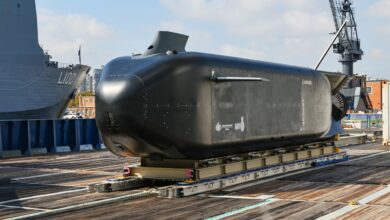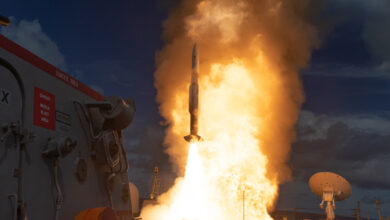Canberra, Microsoft Team for Australian Cyber Threat Intelligence Sharing Solution
Canberra and Microsoft have unveiled a new digital sharing approach to improve Australia’s cyber defense capabilities.
Under the project, the Australian Signals Directorate (ASD) will integrate its Cyber Threat Intelligence Sharing (CTIS) platform with Microsoft’s Sentinel, a cloud-based security analytics solution developed to protect users from cyberattacks.
Sentinel combines detection, proactive hunting, threat visibility, and response to “sophisticated” breaches.
Through this method, in-country Sentinel partners can share threat data with the government “at the speed and scale” required to alleviate intrusions on federal infrastructure.
Canberra added that the effort will be supported through Microsoft’s analysis of 65 trillion signals of global threat intelligence every day.
“It is of the utmost importance that Australia continues to build our cyber security capabilities,” Australian Deputy Prime Minister Richard Marles stated. “This initiative is a significant step forward in bolstering our cyber defences.
“The best cyber defences are founded on genuine partnerships between and across the public and private sectors. It is collaborative partnerships like these that foster innovation and deliver practical outcomes for Australia’s cyber resilience.”
Investing in Cyber Defense
According to the government, the latest cybersecurity project builds on a 5 billion Australian dollar ($3.3 billion) investment pledged by Microsoft in October 2023.
This investment is among the “first steps” in supporting Canberra’s strategy of becoming “a world-leading cyber secure and resilient nation” by the end of the decade.
“This is our largest investment in Microsoft’s 40-year history in Australia and a testament to our commitment to the country’s growth and prosperity in the [artificial intelligence] era,” Microsoft President and Vice Chair Brad Smith said during the investment’s announcement.
“We’re coupling this A$5 billion in computing capacity and capabilities with [artificial intelligence] and engineering that will strengthen the nation’s cyber defence, including a deeper collaboration with the Australian Signals Directorate.”












